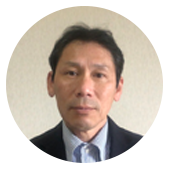Down but not out

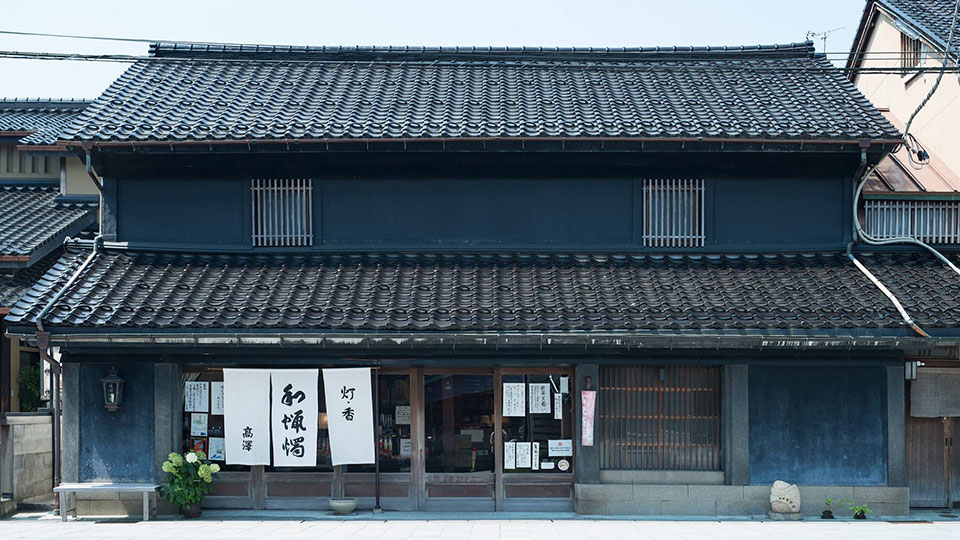
The wooden building housing Takazawa Candle in Nanao City is registered as a tangible cultural asset. But the temblor caused its collapse.

Repairs will take time, so the shop reopened March 14 in a temporary location nearby. Now its customers can once again buy their favorite handmade candles.

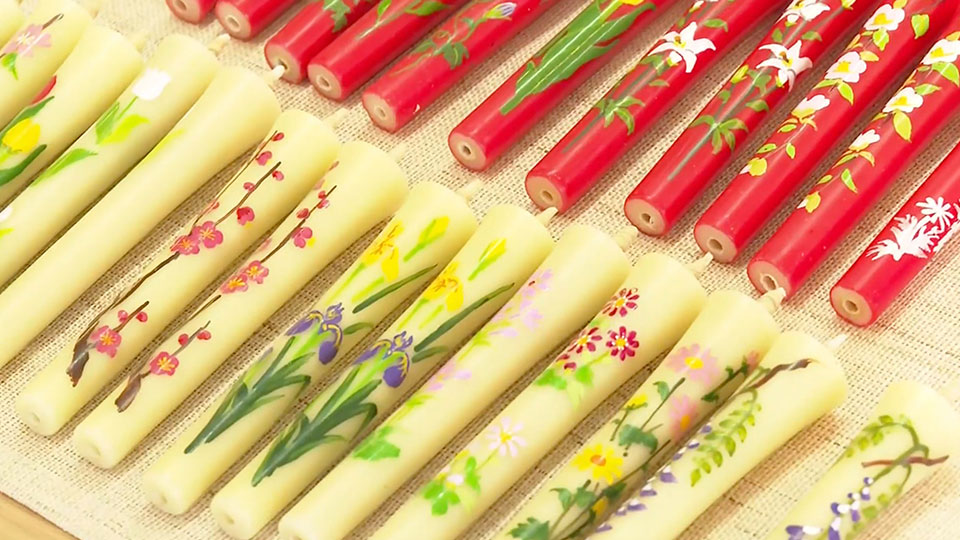
"These candles are our main products. Each is decorated with hand-drawn seasonal flowers. Now they feature springtime images such as cherry blossoms and rapeseed flowers. The wax of the latter candle is actually made from rapeseed seeds."
Trade route fueled candle industry
Nanao City faces a calm bay. The feudal lord who ruled the area in the mid-17th century attracted craftsmen from across Japan and asked them to make candles.

Its port was used by commercial ships called Kitamae-bune that sailed along the Sea of Japan coast between Osaka and Hokkaido. Thanks to this route, candlemakers were able to acquire raw materials from across the country and sell their finished products nationwide.
Embracing nature

Takazawa Candle places importance on cherishing the blessings of nature. It's the only business left in Ishikawa that still makes candles the traditional way: wrapping sheets of washi paper one by one around a wick. The wicks and waxes are made of natural materials. The candles have large flames and produce less soot than those used in the West.
Expanding overseas

Takazawa, 51, is the fifth-generation owner of the firm, which was founded in 1892. He's been striving for over a decade to expand its sales channels overseas.
Japanese candles were originally used for Buddhist rituals. But Takazawa has set his eyes on the European market, where candles are often used on a daily basis in living rooms and on dining tables.
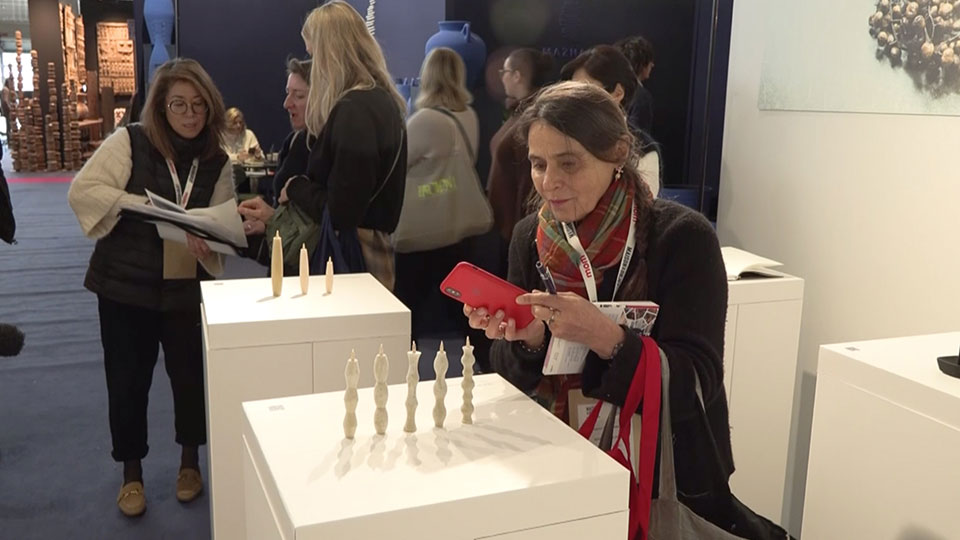
Less than three weeks after the quake, Takazawa exhibited his candles at Maison&Objet Paris, one of the world's biggest interior fairs. They appealed to many environmentally conscious customers.
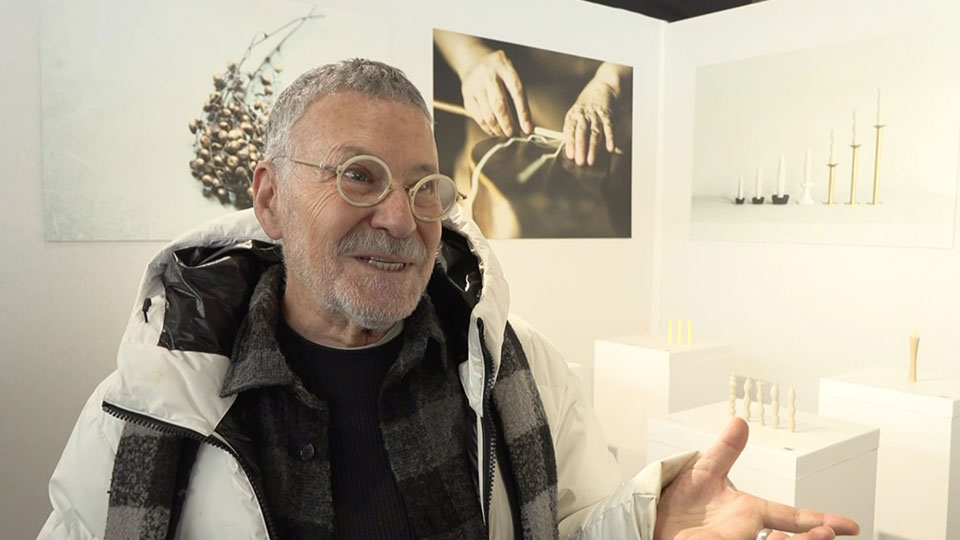
A French attendee said, "The combination of tradition and contemporary is wonderful. I've never seen anything like this before."
Leading by example

Takazawa has taken a leadership role over the last three months to help shop owners in his community restart their businesses. He and his neighbors opened a market in February selling local sweets, candles and Wajima-nuri lacquerware.
Almost three months have now passed since the quake.
Takazawa believes his shop's recovery will take considerable time, but vows to do all he can to keep its tradition alive.

"We'll try to restore the shop in a way so it can continue to be registered as a tangible cultural asset. But it will take nearly a year to do so."
Speaking more broadly, he says, "I hope restoring the shop will symbolize the Noto quake recovery."

